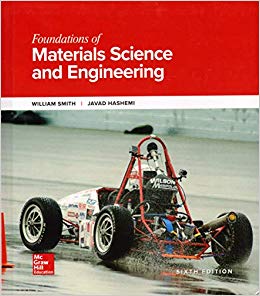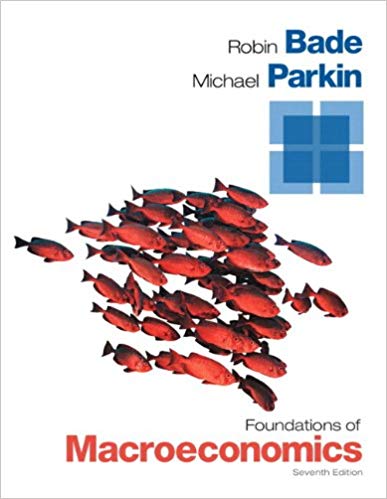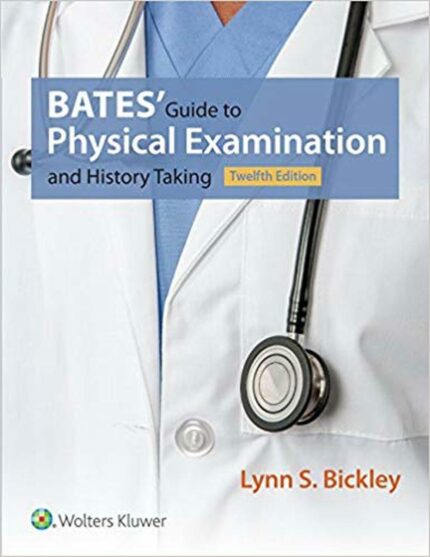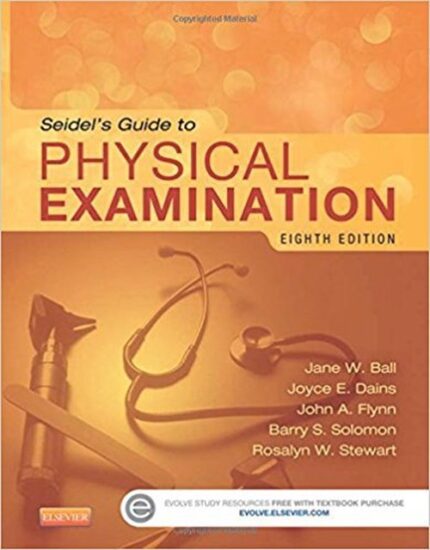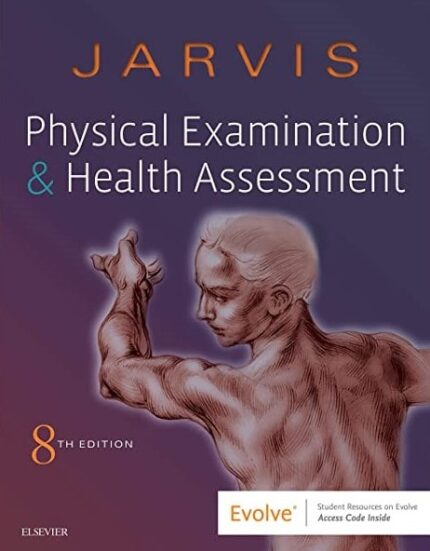Test Bank For Foundations of Materials Science and Engineering 6th Edition By William Smith
CHAPTER 1
Knowledge and Comprehension Problems:
1.1 What are materials? List eight commonly encountered engineering materials.
Answer 1.1: Materials are substances of which something is composed or made. Steels,
aluminum alloys, concrete, wood, glass, plastics, ceramics and electronic materials are commonly
encountered engineering materials.
1.2 What are the main classes of engineering materials?
Answer 1.2: Metallic, polymeric, ceramic, composite, and electronic materials are the five main
classes of engineering materials.
1.3 What are some of the important properties of each of the five main classes of engineering
materials?
Answer 1.3:
Metallic Materials
-many are relatively strong and ductile at room temperature
-some have good strength at high temperature
-most have relatively high electrical and thermal conductivities
Polymeric Materials
-generally are poor electrical and thermal conductors
-most have low to medium strengths
-most have low densities
-most are relatively easy to process into final shape
-some are transparent
Ceramic Materials
-generally have high hardness and are mechanically brittle
-some have useful high temperature strength
-most have poor electrical and thermal conductivities
Composite Materials
-have a wide range of strength from low to very high
-some have very high strength-to-weight ratios (e.g. carbon-fiber epoxy materials)
-some have medium strength and are able to be cast or formed into a variety of shapes
(e.g. fiberglass-polyester materials)
-some have useable strengths at very low cost (e.g. wood and concrete)
Electronic Materials
-able to detect, amplify and transmit electrical signals in a complex manner
-are light weight, compact and energy efficient

